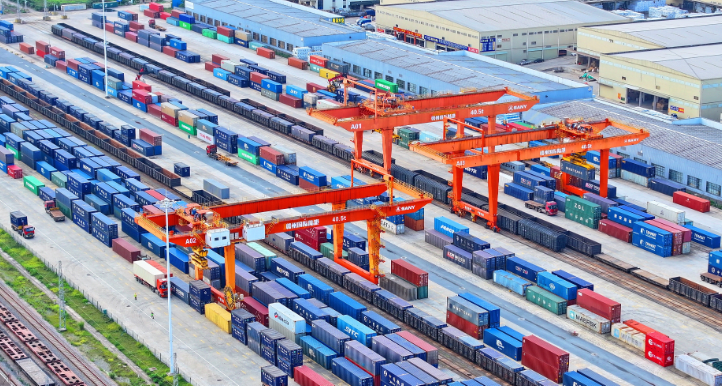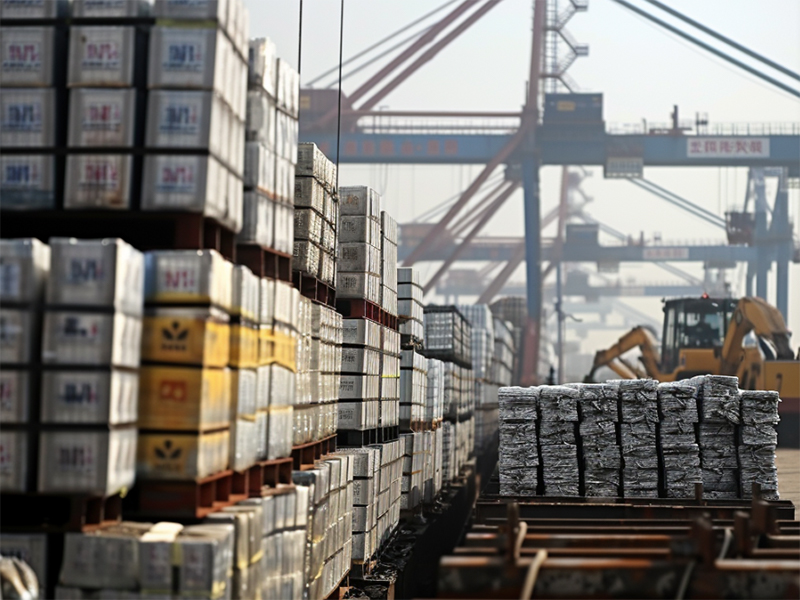Turmoil in the Red Sea Continues: Global LNG Trade Landscape Under Reshaping?

Author:Jeff Zheng
It has been four months since a liquefied natural gas (LNG) tanker traversed the Mandeb Strait, separating the Arabian Peninsula and Africa, underscoring how violent attacks in that narrow passage have disrupted global energy trade.
Despite dozens of such vessels passing through the Mandeb Strait each month before the escalation of the Israel-Gaza conflict, attacks by Yemen's Houthi rebels have reduced this number to zero since mid-January.
Vessels are forced to detour around Africa, transporting fuel between the Atlantic and Pacific basins, limiting the number of suppliers available to buyers unless they are willing to pay higher shipping costs. As a result, the global LNG market is becoming increasingly fragmented.
Patrick Dugas, head of LNG trading at TotalEnergies, stated at a meeting last month, "Currently, the split of cargoes between the two basins is more challenging economically than ever before, with the movement of cargoes from one basin to another being more challenging."
To save on transportation costs, traders have to seek sources closer to the production site. These efforts may intensify as fuel demand rises before next winter, when shipping costs typically also increase.
Solutions include swapping cargoes, such as delivering U.S. LNG to Europe and seeking equivalent supply in Asia to fulfill obligations to buyers there. According to ship tracking data, Qatar's LNG exports to Asia reached their highest levels since at least 2017 in the first quarter of 2024, while Russia shipped even more LNG to Europe.
Previously, the Red Sea and its Suez Canal accounted for about a tenth of global maritime trade, providing Qatar with the shortest route to Europe. Europe has started accepting LNG since losing Russia's pipeline gas supply.
According to data from Clarkson Research Services, the world's largest ship brokerage firm, vessels now have to travel longer distances, limiting their capacity and increasing global demand for oil products and natural gas by about 4%.
Thousands of miles away, the transit through the Panama Canal has significantly decreased due to unprecedented drought, reducing the number of vessels passing through. Consequently, another shorter route for U.S. LNG to Asia has effectively closed. Dugas of TotalEnergies suggests that this congestion may be structural, as U.S. LNG supply is expected to increase by the end of this decade, which may not alleviate the burden on this route.
So far, the daily cost of chartering tankers has remained resilient, even decreasing since the escalation of the Red Sea incidents in January. This reflects the good supply conditions in markets like Europe, which experienced a mild winter and subdued industrial fuel consumption.
"However, this is precisely what we call the 'shoulder period' for LNG, with low natural gas and shipping demand," said Per Christian Willoch Fett, head of LNG and global director at ship brokerage firm Fearnleys AS. "Let's see how things evolve as we move into the upswing, entering the autumn."





